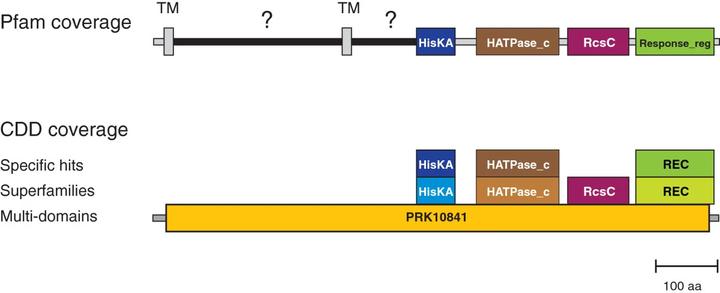Dynamics of domain coverage of the protein sequence universe

Abstract
Background: The currently known protein sequence space consists of millions of sequences in public databases and is rapidly expanding. Assigning sequences to families leads to a better understanding of protein function and the nature of the protein universe. However, a large portion of the current protein space remains unassigned and is referred to as its “dark matter”.
Results: Here we suggest that true size of “dark matter” is much larger than stated by current definitions. We propose an approach to reducing the size of “dark matter” by identifying and subtracting regions in protein sequences that are not likely to contain any domain.
Conclusions: Recent improvements in computational domain modeling result in a decrease, albeit slowly, in the relative size of “dark matter”; however, its absolute size increases substantially with the growth of sequence data.